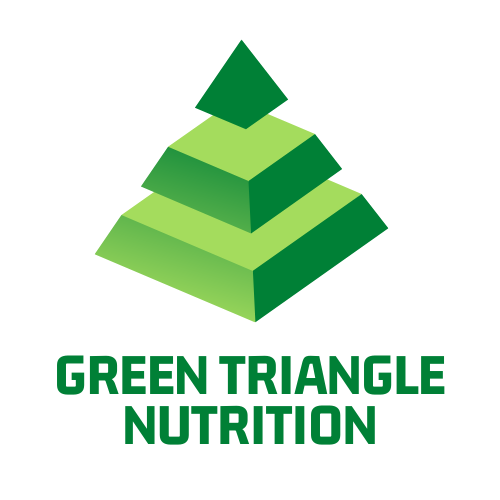Bowel obstruction is a common complication in cancer patients, especially in those with abdominal or pelvic malignancies. It can result from direct tumor growth, metastases, treatment side effects, or postoperative complications. In cancer care, this condition can be acute and reversible, or chronic and palliative, depending on the clinical scenario.
Why Does It Happen in Cancer?
Malignant bowel obstruction (MBO) can occur due to:
- External compression by tumors (e.g., ovarian, colorectal, pancreatic, gastric, peritoneal carcinomatosis)
- Tumor infiltration into the bowel wall
- Post-surgical adhesions
- Radiation fibrosis (scarring from radiotherapy)
- Recurrent or metastatic disease
It may involve the small bowel, large bowel, or both (multi-level obstruction), and is often inoperable in advanced stages.
Common Symptoms
- Abdominal pain or cramping
- Nausea and vomiting (sometimes feculent)
- Abdominal distension
- Constipation or absence of gas/stool
- Early satiety and anorexia
- Dehydration, weight loss, and weakness
In chronic obstruction, symptoms may wax and wane.
Clinical Approach
The management of bowel obstruction in oncology depends on several factors:
- Tumor type and burden
- Prognosis and goals of care
- Performance status
- Response to previous treatments
- Nutritional status
It often becomes a delicate balance between aggressive treatment and comfort-focused care.
Operable vs Inoperable Obstruction
| Operable | Inoperable |
|---|---|
| Obstruction is localized | Widespread peritoneal disease or multiple levels of obstruction |
| Patient is fit for surgery | Poor performance status or advanced disease |
| Potential curative/resectable disease | Palliative goals or non-curative situation |
Nutrition Strategy in Oncology-Related Bowel Obstruction
1. Complete Obstruction – Palliative Setting
- NPO (Nothing by Mouth) to rest the bowel
- IV fluids for hydration
- TPN (Total Parenteral Nutrition):
- Considered if life expectancy > 1–3 months and patient is nutritionally depleted
- May improve energy and reduce cachexia
- But requires central access, monitoring, and comes with risks (infection, liver issues)
2. Partial Obstruction – Conservative Management Possible
- Low-residue, low-fiber oral diet, if tolerated
- Small, frequent meals
- Liquid nutritional supplements, elemental or semi-elemental formulas
- Nasogastric decompression if needed
- Prokinetics, antiemetics, steroids, and octreotide can be used for symptom control
3. When Eating Is Not Possible
- Nutrition focus may shift to comfort and symptom relief
- Discussing goals of care becomes essential
- Families should be supported in understanding that less aggressive feeding does not mean abandonment, but prioritization of comfort
Role of the Onconutritionist / Dietitian
A specialized dietitian in oncology can:
- Assess nutritional risk and muscle mass
- Recommend safe oral diets or supplements
- Monitor for refeeding syndrome
- Guide decisions around TPN
- Collaborate with palliative care for end-of-life nutrition strategies
When bowel obstruction is inoperable and the prognosis is limited, honest, empathetic conversations are needed. Patients and families may struggle with the idea of reducing or stopping nutrition. Support should include:
- Explaining the risks of forced feeding in obstruction
- Offering symptom relief through meds, hydration, and comfort care
- Emphasizing dignity and quality of life
Takeaway
Malignant bowel obstruction is a complex condition with both medical and emotional challenges. It requires an integrated team approach—oncologists, gastroenterologists, surgeons, palliative care, and dietitians—to ensure that care aligns with the patient’s values and goals.
Nutrition in this context is not just about calories—it’s about respecting the body’s capacity, minimizing suffering, and supporting the patient holistically.

